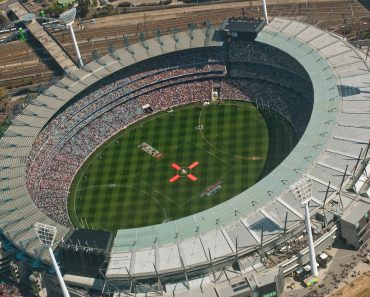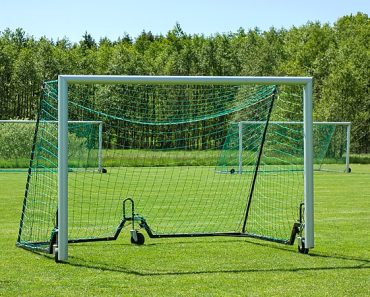The best soccer shoes grip the ground and assist you in controlling the ball. Soccer shoes are light and designed to be worn while running over a variety of surfaces. A good fit is essential for assisting you to control the ball and protecting your feet as you play.
What Are the Functions of Soccer Shoes?

Traction
The primary function of soccer shoes is to provide traction while running. This is generally done with cleats, but indoor soccer shoes have textured rubber bottoms instead. Soccer cleats are usually equally distributed across the bottom of the shoe and spaced farther apart than other types of cleats. Dirt and grass are kept from getting trapped between the cleats by keeping them close together, allowing your feet to grip the ground without slowing you down; soccer demands light-footed movement and quick turns.
Style
Soccer shoes are low-profile, meaning the upper is cut low around the ankle. Soccer players must be agile and able to change directions quickly. The ankle has a full range of motion since the profile is low.
Ball Control
Players must be able to feel the ball with their feet so they can control it without looking at it. Soccer shoes are generally constructed of soft leather or synthetic leather that is stitched with tiny seams to shield the feet from other cleats while allowing the players to sense the ball with all sides of their feet.
Comfort
It’s critical that your footwear fits correctly and is comfortable while you play. Shoes that are too large can cause uncomfortable blisters, and shoes that are too small can suffocate your toes. Before you try on shoes, put on thick soccer socks to ensure you obtain the best fit. The leather top should be tight enough to offer support for your foot and prevent it from moving inside the shoe, yet not so tight that it restricts or squeezes your toes.

Soccer Vs. Football Shoes
Although they appear similar at first sight, football and soccer cleats have distinctions that make each one appropriate for its game. Players of other sports may also wear soccer or football boots for their games.
Uppers
Football players may select from a variety of upper-shoe cuts. Mid-cut cleats provide greater ankle and lower leg coverage than low-cut cleats. This is significant for providing protection to linemen and other players who are frequently involved in collisions and pileups. Low-cut cleats are more popular among skill position players such as running backs, wide receivers, and defensive backs who require more mobility on their ankles to make fast changes of direction. Because soccer players must quickly cut and run, they almost exclusively wear low-cut soccer cleats.
Studs
Soccer cleats are generally narrower than football cleats. This gives soccer players a better sense of touch when shooting or passing the ball. Football cleats lack a toe stud near the big toe, whereas soccer cleats have one. When pushing off from a hunched position, such as in a three-point stance, this toe cleat allows players to get more traction. For soccer players, this toe cleat would not increase traction and might cause injury during a slide tackle.
Materials
Soccer cleats are often constructed of synthetic materials that last a long time and wick water away from the foot during play. Synthetic or leather is used for the main fabric of soccer cleats. The leather upper material provides a greater feel and control when kicking the ball since the shoe naturally moulds to the top of the player’s foot. However, these shoes are more susceptible to wet weather damage and require a “breaking in” period.
Considerations
The sort of field you play on can influence the type of cleat you choose for your sport. Some soccer shoes are designed with shorter studs that don’t dig into the dirt or hard-packed turf in order to enable players to play on harder field situations like mud or long grass. When compared to playing on turf, playing football on natural grass necessitates a different range of potential stud lengths, as well as greater traction.

